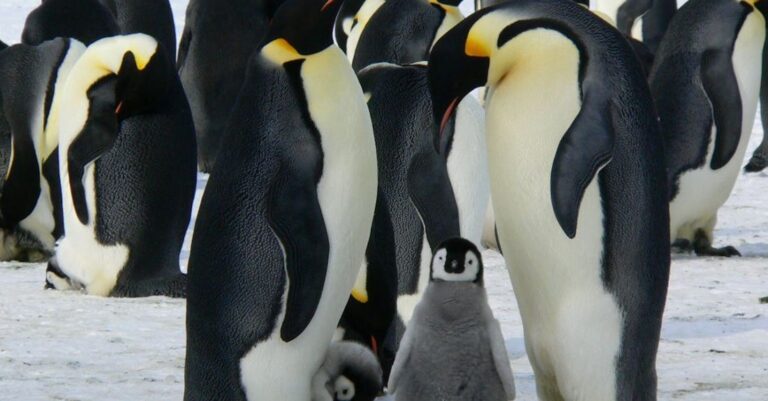
The Galapagos Sea Lion, a fascinating marine mammal native to the Galapagos Islands, is a creature that has evolved remarkable adaptations to thrive in its unique environment. From their streamlined bodies to their social behaviors, these sea lions have developed specific traits that enable them to navigate the challenges of life in the waters surrounding the archipelago. Understanding how these animals have adapted can provide valuable insights into the intricate relationship between an organism and its habitat.
**The Habitat of the Galapagos Sea Lion**
The Galapagos Sea Lion inhabits the coastal waters and beaches of the Galapagos Islands, an isolated and volcanic archipelago located in the Pacific Ocean. The islands’ marine environment offers a diverse range of habitats, including rocky shores, sandy beaches, and mangrove estuaries, providing the sea lions with ample opportunities to find suitable breeding and resting grounds. The nutrient-rich waters surrounding the islands support a variety of fish species, which form the primary food source for these marine mammals.
**Physical Adaptations for Aquatic Life**
One of the most striking adaptations of the Galapagos Sea Lion is its streamlined body, which is perfectly suited for life in the water. Their sleek, torpedo-shaped form minimizes drag and allows them to move efficiently through the ocean, enabling them to catch prey and evade predators with agility. Their powerful flippers provide propulsion, steering, and stability while swimming, allowing them to navigate the currents and depths of the ocean with ease.
**Thermoregulation and Water Adaptations**
Galapagos Sea Lions have also developed physiological adaptations to regulate their body temperature in the marine environment. Their thick layer of blubber acts as insulation, helping them retain heat in cold water and stay warm during long periods of swimming. Additionally, their ability to thermoregulate enables them to adjust their metabolic rate to conserve energy when necessary, allowing them to endure extended periods of diving and foraging without overheating or becoming fatigued.
**Foraging and Hunting Strategies**
To sustain their energy needs, Galapagos Sea Lions have evolved specialized foraging and hunting strategies. These marine mammals are opportunistic feeders, preying on a variety of fish species, squid, and crustaceans found in the waters around the Galapagos Islands. Their sharp teeth and strong jaws are adapted for capturing and consuming their prey efficiently, enabling them to obtain the nutrients required for their survival. By honing their hunting skills and utilizing their keen senses, such as sight and hearing, Galapagos Sea Lions can successfully locate and catch their prey in the vast ocean environment.
**Social Structure and Communication**
Galapagos Sea Lions exhibit complex social behaviors that contribute to their adaptation to the marine environment. They form social groups, or colonies, consisting of males, females, and their offspring, each with its own hierarchical structure and communication system. By living and hunting together, these sea lions can cooperate in locating food sources, protecting their territories, and caring for their young. Communication among group members is facilitated through vocalizations, body postures, and other visual cues, allowing them to coordinate their activities and maintain social cohesion within the colony.
**Conservation Challenges and Future Prospects**
Despite their remarkable adaptations, Galapagos Sea Lions face various conservation challenges, including habitat degradation, climate change, human disturbance, and competition with fisheries for food resources. As a result, efforts are underway to protect and preserve these iconic marine mammals and their natural habitat. By studying their adaptations and understanding their ecological role in the Galapagos ecosystem, conservationists can develop strategies to ensure the long-term survival of the Galapagos Sea Lion and promote biodiversity conservation in the region.
**In Summary**
The Galapagos Sea Lion’s ability to adapt to its environment through physical, physiological, and behavioral mechanisms highlights the remarkable resilience of this species in the face of environmental pressures. By examining how these marine mammals have evolved to thrive in the dynamic and challenging marine ecosystem of the Galapagos Islands, we gain a deeper appreciation for the intricate interplay between an organism and its habitat. As we continue to study and protect the Galapagos Sea Lion, we can learn valuable lessons about adaptation, conservation, and the delicate balance of life in the natural world.





